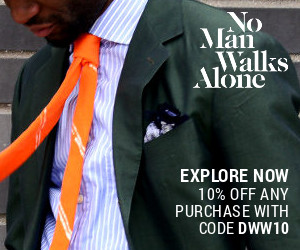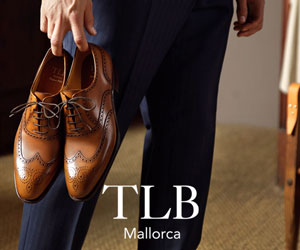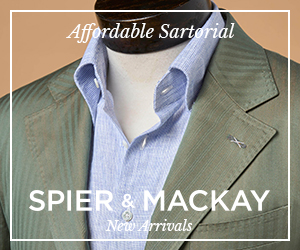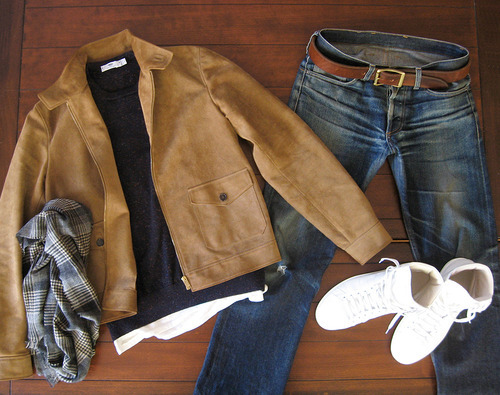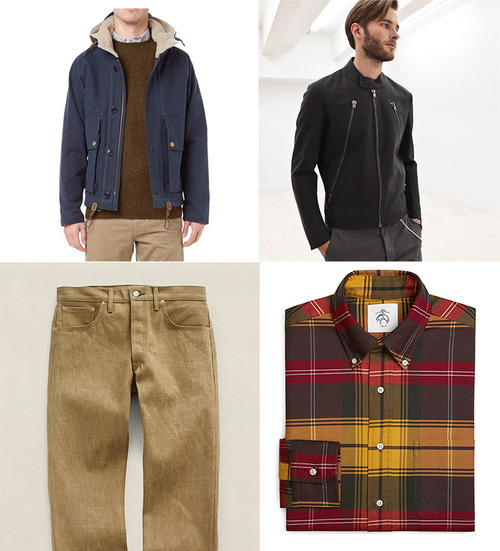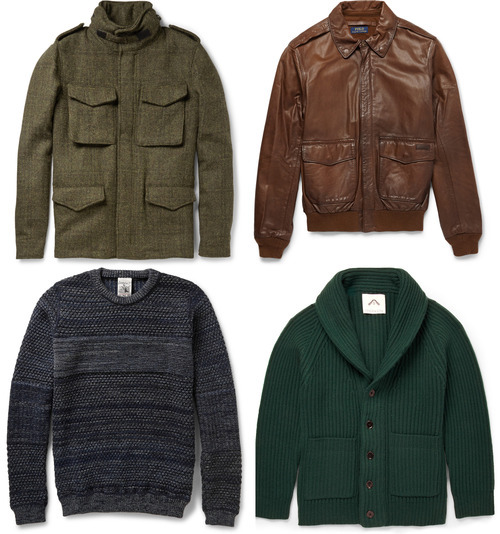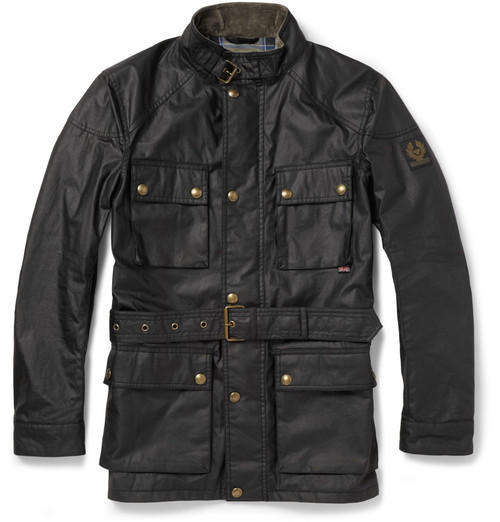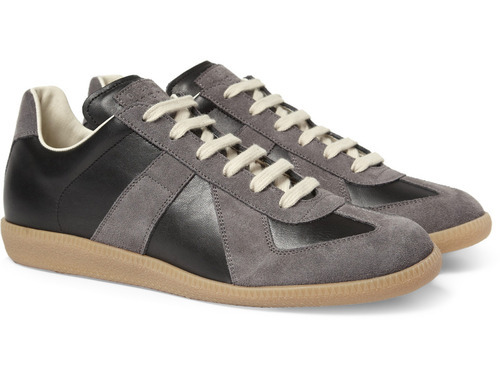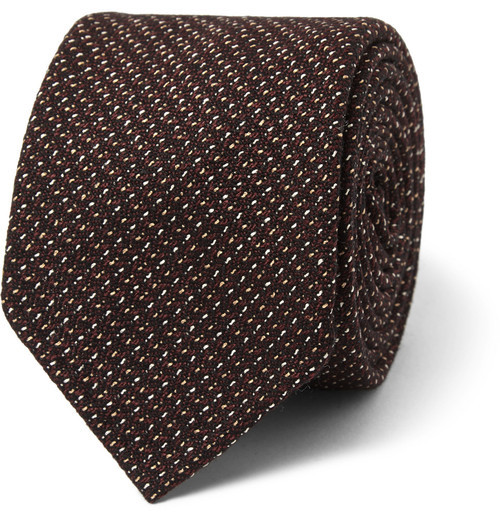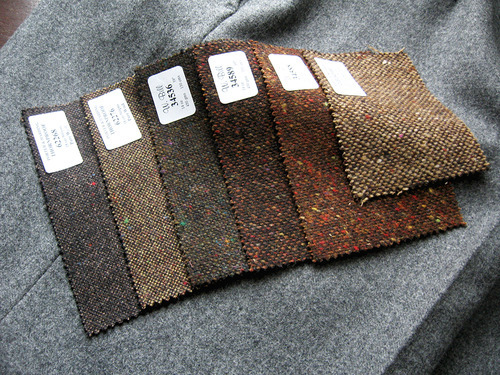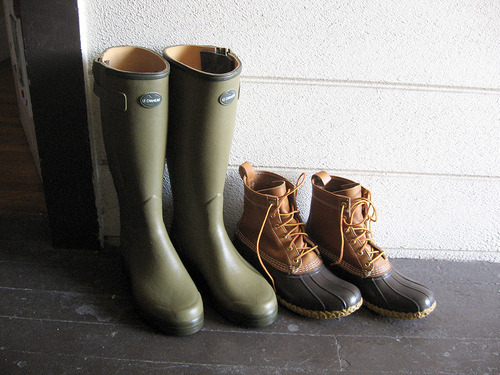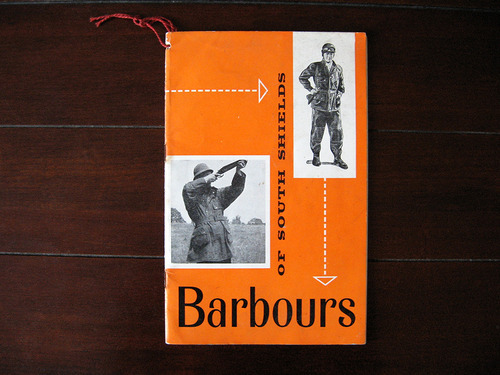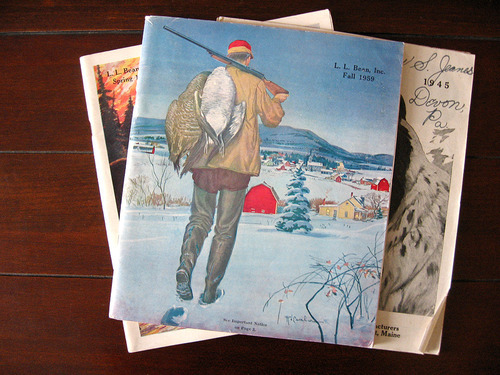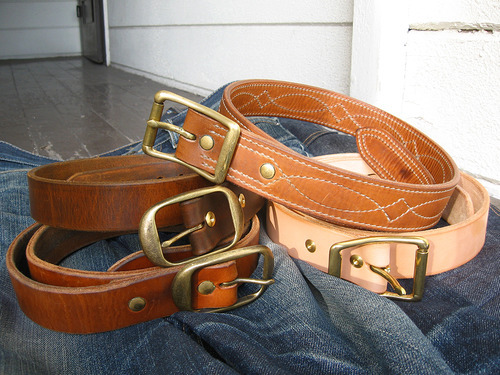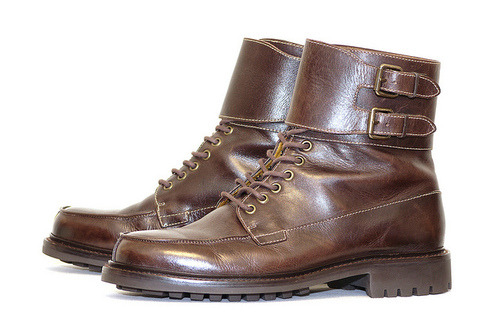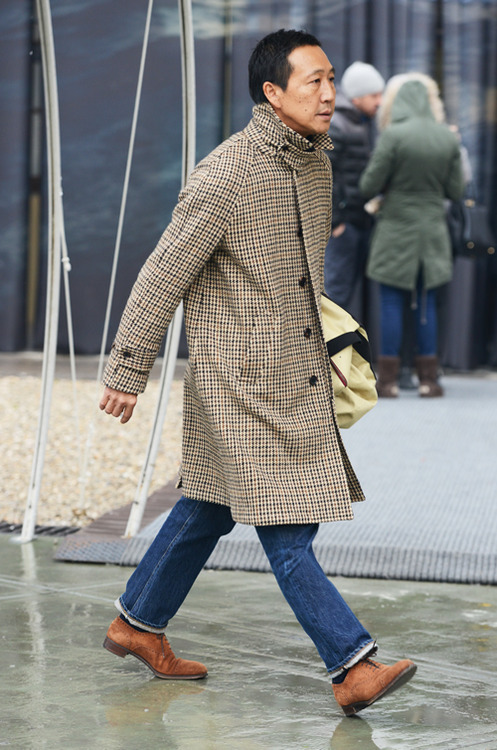
It’s a shame how many classic styles of tailored clothing disappear as time moves on. Topcoats and overcoats, especially. With fewer and fewer men wearing suits and sport coats nowadays, retailers have little incentive to sell the kind of outerwear that traditionally accompanied them. We have a hundred companies at this point offering designer versions of the Army M-65 jacket, but perhaps a quarter of that number selling classic overcoats.
Some styles have fared better than others, however. The generic, single-breasted topcoat is sold everywhere, and many American stores still offer the polo. Tweedy Ulsters and wool Loden coats, on the other hand, are near impossible to find.
One coat that seems to hang by a thread is the Balmacaan – a long, loose-fitting style made with a fly front and raglan sleeves. Since it was designed to keep the rain and wind out, the collar can be buttoned all the way up to the neck, and the coat’s shell is typically made from a densely woven gabardine (like you’d expect for a trench) or heavy tweed. Supposedly, those raglan sleeves are also better at keeping the water out than set-in sleeves, but I’ve always thought that was marketing speak.
Keep reading
